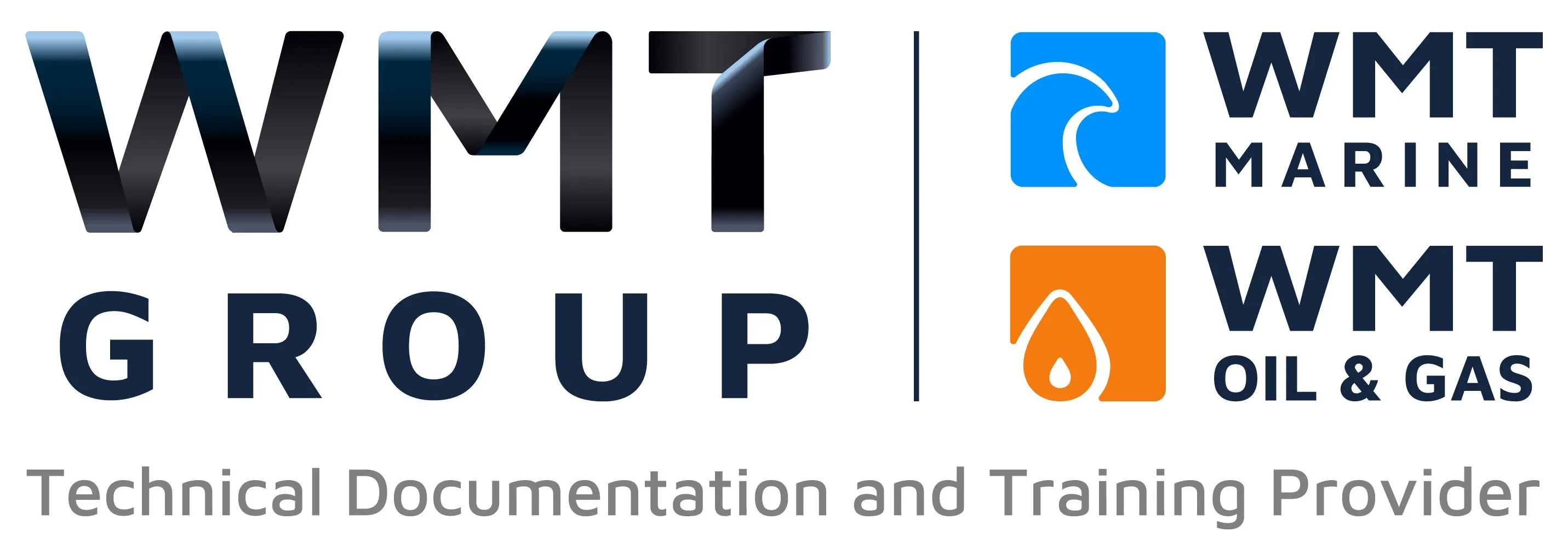Marine Systems Safety Training and Operating Manuals

The marine industry operates in high-risk environments, where safety and efficiency are paramount. With complex systems, stringent regulations, and demanding operational conditions, it is crucial for vessel operators to prioritise crew preparedness and ensure reliable guidance through marine systems safety training and operating manuals.
These tools not only help minimise risks but also improve operational efficiency and compliance. In this article, we explore how safety training and customised operating manuals contribute to safer, more effective vessel operations.
The Importance of Marine Systems Safety Training
Safety training is a cornerstone of maritime operations, equipping crew members with the knowledge and skills they need to handle everyday tasks and emergencies. Key benefits of safety training include:
- Reducing Human Error: Properly trained crews are less likely to make mistakes, reducing the risk of accidents.
- Improving Emergency Preparedness: Training ensures crews know how to respond swiftly and effectively during crises.
- Enhancing Crew Confidence: Well-trained individuals are better equipped to handle challenging scenarios, improving overall performance.
- Ensuring Regulatory Compliance: Comprehensive training aligns with international standards like SOLAS (Safety of Life at Sea).
However, training alone is not enough—operating manuals play a crucial role in reinforcing and standardising safety protocols.
The Role of Operating Manuals in Marine Safety
Operating manuals are vital for maintaining consistency and accuracy in vessel operations. Customised manuals tailored to a vessel’s specific systems provide clear instructions for both routine tasks and emergency responses.
Key contributions of operating manuals include:
1️⃣ Standardised Procedures: Manuals offer step-by-step instructions for operating and maintaining complex marine systems, ensuring uniform practices across the crew.
2️⃣ Emergency Protocols: Detailed guidance for handling equipment malfunctions, fires, or other emergencies improves response times and outcomes.
3️⃣ Knowledge Retention: Manuals act as a reliable reference, helping crew members retain critical safety and operational information.
4️⃣ Regulatory Compliance: Up-to-date manuals aligned with international and flag-state standards facilitate smooth inspections and audits.
5️⃣ Support for Training: Operating manuals complement training programmes, providing ongoing guidance that reinforces learning.
How Safety Training and Manuals Work Together
When combined, safety training and operating manuals create a robust framework for safe and efficient vessel operations. Here’s how they work together:
- Training Builds Knowledge: Comprehensive safety training ensures that crew members understand the principles of marine systems and are familiar with operational protocols.
- Manuals Reinforce Learning: Customised manuals provide detailed, system-specific instructions that complement training sessions.
- Ongoing Assessments: Periodic knowledge checks ensure that crews retain key information and address any gaps in understanding.
- Scenario-Based Drills: Practical exercises based on manual procedures help crews apply their knowledge in real-world situations.
Features of Effective Training and Operating Manuals
To maximise their impact, both safety training programmes and operating manuals should include the following features:
1. Customisation
Training materials and manuals must reflect the unique systems, layout, and requirements of each vessel.
2. Clarity
Content should be clear, concise, and easy to understand, with visual aids like diagrams and flowcharts to enhance comprehension.
3. Emergency Focus
Safety training and manuals should prioritise emergency protocols, ensuring crews are prepared for high-pressure situations.
4. Digital Accessibility
Digital formats make manuals and training materials easy to access, update, and share with the crew.
5. Compliance Ready
Materials should align with international regulations and standards, streamlining audits and inspections.
Marine systems safety training and operating manuals provide long-term advantages for vessel operators:
- Safer Operations: Reduced risks of accidents and equipment failures.
- Improved Efficiency: Crews can perform tasks accurately and consistently.
- Regulatory Confidence: Compliance with industry standards is easier to achieve.
- Reduced Costs: Fewer errors and accidents lead to lower maintenance and liability expenses.
- Stronger Team Performance: Trained crews with access to reliable manuals are more confident and effective.
Conclusion
In the demanding world of marine operations, safety training and customised operating manuals are indispensable tools for protecting crew, vessels, and the environment. By equipping your crew with the knowledge they need and providing clear, system-specific guidance, you can enhance safety, efficiency, and compliance across all operations.
Need tailored safety training and operating manuals for your marine systems? Contact us today to learn how we can support your vessel’s needs. Together, we’ll build a safer and more efficient maritime future.
